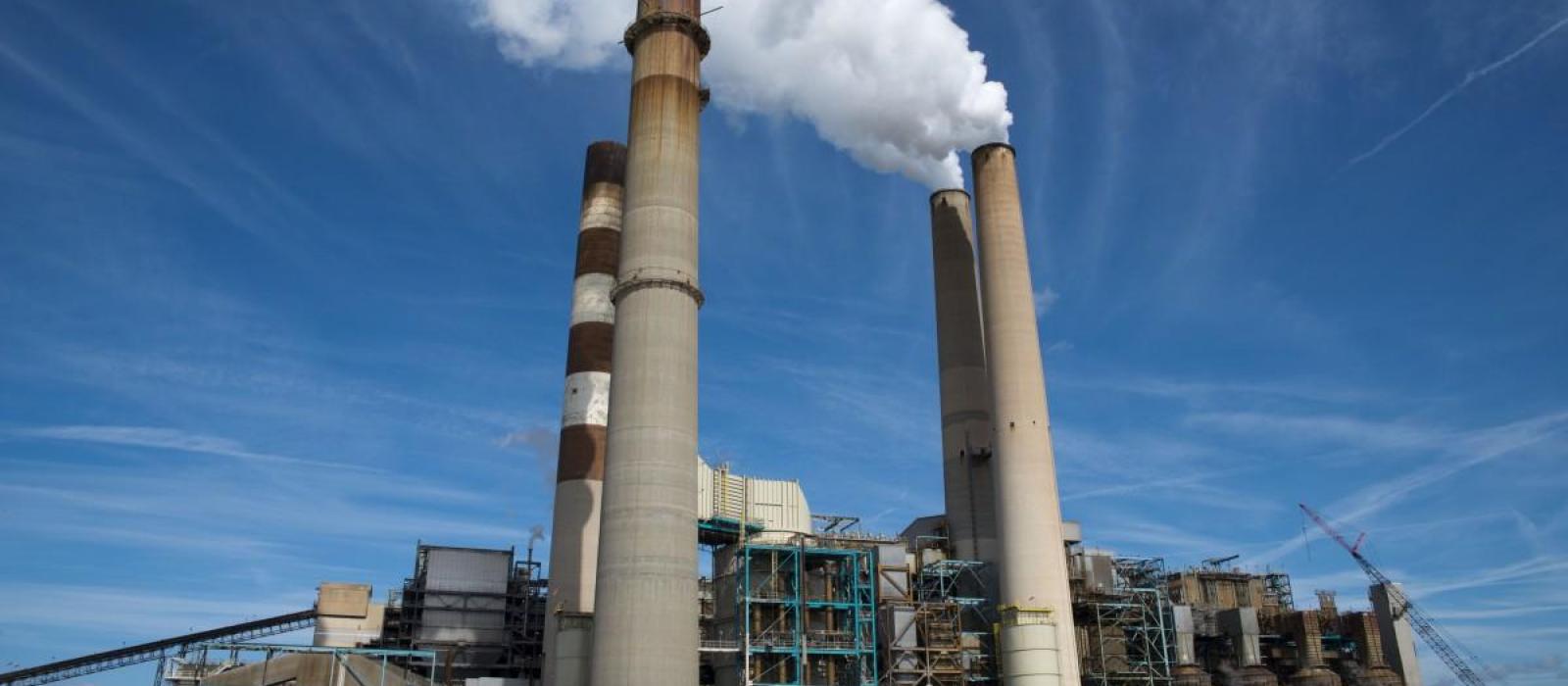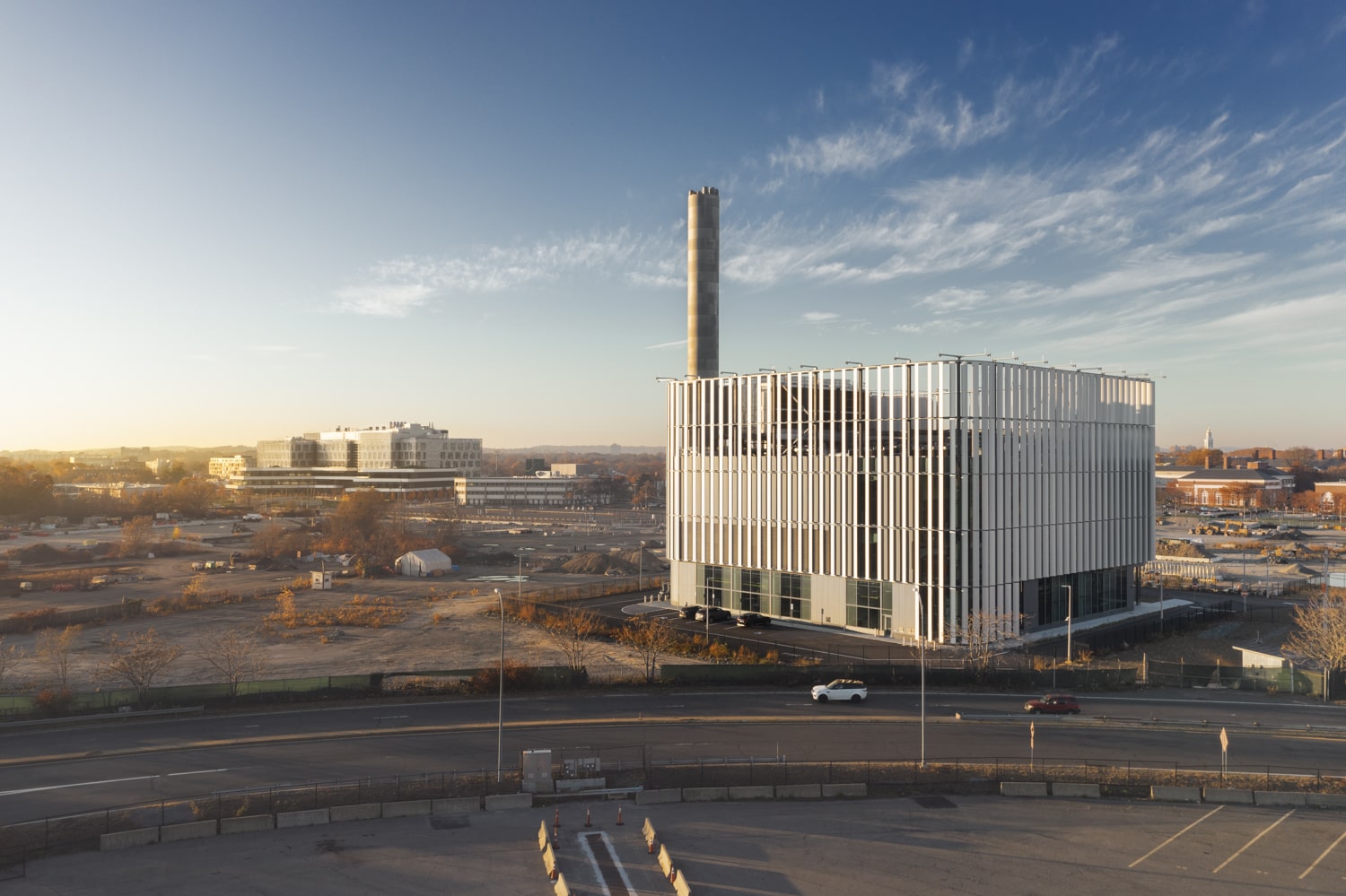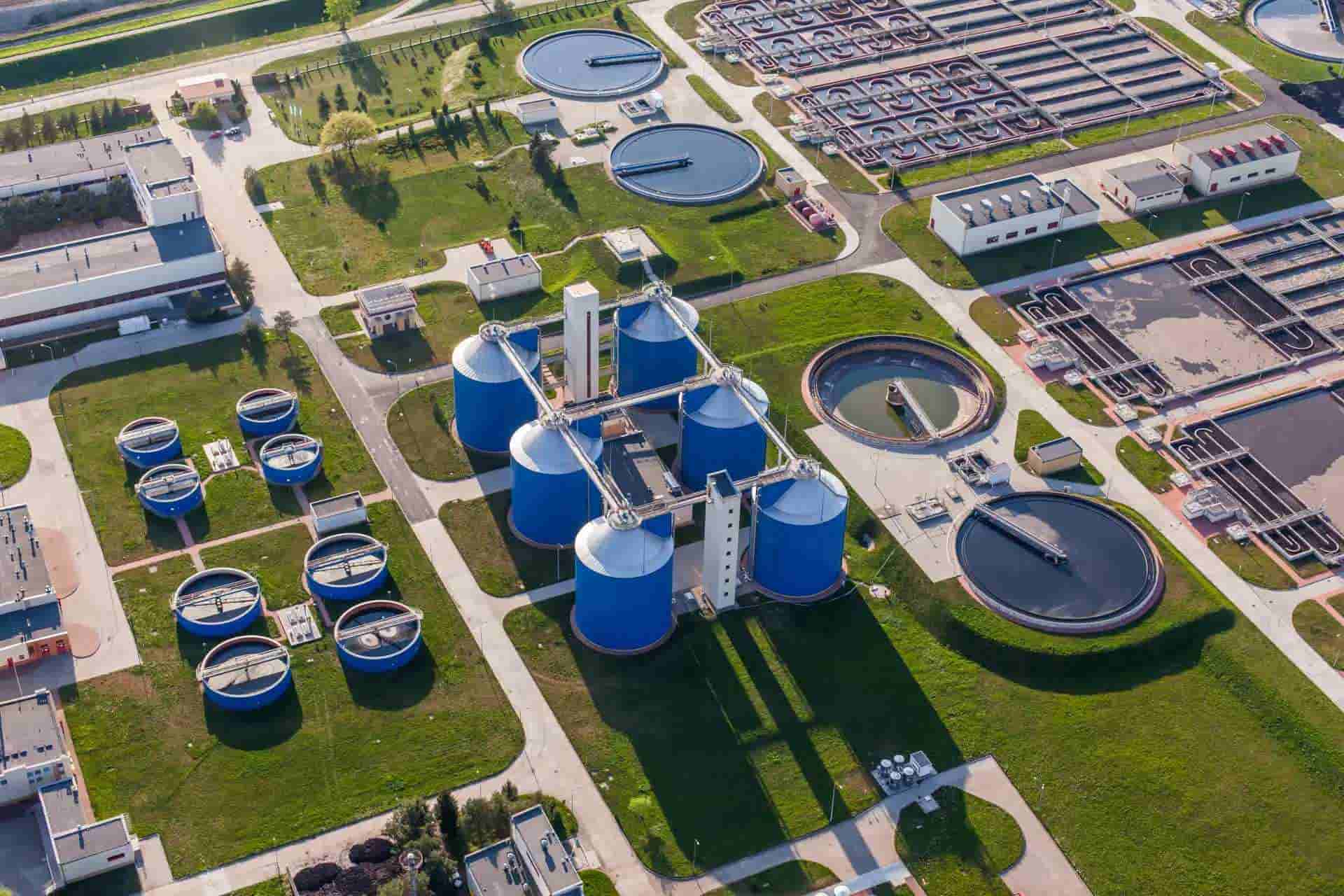Combined Heat and Power (CHP), also known as cogeneration, is a highly efficient method of generating both electricity and usable heat simultaneously from a single energy source. By capturing and utilizing the heat produced during power generation, CHP systems can achieve overall efficiency levels of up to 90%, significantly higher than conventional power generation methods.
CHP in the Dairy Industry
The dairy industry is one of the sectors that can benefit greatly from CHP systems. Dairy processing plants require a significant amount of energy for various operations, such as milk pasteurization, refrigeration, and water heating. By implementing CHP, these facilities can optimize their energy consumption and reduce dependence on grid electricity and fossil fuels.
Energy consumption and water usage in the dairy industry play a significant role in determining its environmental impact and operational efficiency. Several factors contribute to these aspects, including milk production and processing. The energy consumption per liter of milk ranges from 0.1 to 0.2 kWh, highlighting the varying efficiency levels across different dairy operations. Similarly, the water required per liter of milk can range from 0.6 to 1.8 liters, with the quantity influenced by factors such as cleaning processes and cooling requirements.
The production of powdered milk also entails energy consumption, with values ranging from 0.3 to 0.4 kWh per liter, reflecting the additional energy-intensive steps involved in its production. Additionally, water usage for powdered milk production can vary from 0.8 to 1.7 liters per liter of powdered milk.
Efforts to optimize energy consumption and water usage in the dairy industry are crucial for sustainability and resource management. These values provide insight into the potential areas for improvement and optimization within dairy operations. Implementing energy-efficient technologies, such as Combined Heat and Power (CHP) systems, can help minimize energy consumption while simultaneously utilizing waste heat for various thermal applications.
Similarly, adopting water-saving practices, efficient cleaning methods, and advanced water treatment systems can contribute to reducing water usage and minimizing wastewater generation. By understanding these values and considering them in dairy production and processing, stakeholders can make informed decisions to enhance energy efficiency, reduce water consumption, and promote sustainable practices within the dairy industry.
Benefits of CHP in the Dairy Industry
Energy Efficiency
CHP systems utilize waste heat that would otherwise be lost during electricity generation, significantly increasing the overall efficiency of the process. This results in reduced energy consumption and lower greenhouse gas emissions.
Cost Savings
By generating electricity on-site, dairy processing plants can reduce their reliance on grid electricity and potentially save on energy costs. Additionally, the captured waste heat can be used for heating purposes, further reducing operational expenses.
Reliability and Resilience
CHP systems offer enhanced reliability and resilience compared to relying solely on grid electricity. In the event of power outages, the system can continue to provide electricity and heat, ensuring uninterrupted operations.
Environmental Sustainability
CHP systems help to lower carbon emissions by utilizing the waste heat and reducing the need for additional fossil fuel-based heating systems. This contributes to the dairy industry’s sustainability goals and mitigates environmental impact.
The Potential of CHP in Dairies
The dairy industry possesses significant potential for the adoption of Combined Heat and Power (CHP) systems, offering numerous advantages for energy efficiency and sustainability. CHP technology enables dairies to generate both electricity and heat simultaneously from a single energy source, resulting in several benefits.
One of the key advantages of CHP in dairies is the ability to achieve high overall energy efficiency. Traditional electricity generation processes waste a substantial amount of heat, which is typically released into the atmosphere. In contrast, CHP systems capture this waste heat and utilize it for various thermal applications within the dairy processing plant. This enables dairies to achieve efficiency levels of up to 90%, surpassing conventional power generation methods. By optimizing energy utilization and reducing reliance on grid electricity and fossil fuels, dairies can lower operational costs and minimize their environmental footprint.
Furthermore, CHP systems enhance the reliability and resilience of dairies’ energy supply. In the event of power outages or disruptions in the grid, CHP systems can continue to provide electricity and heat, ensuring uninterrupted operations. This is particularly critical for dairies that rely on a continuous power supply for tasks such as milk cooling, pasteurization, and refrigeration. By reducing dependence on the grid, dairies can mitigate the risk of energy price fluctuations and potential supply shortages, enhancing their long-term sustainability and competitiveness.
In summary, the implementation of CHP systems in dairies presents a compelling opportunity to improve energy efficiency, reduce costs, and promote sustainability. By harnessing the benefits of simultaneous electricity and heat generation, dairies can optimize their energy consumption, lower greenhouse gas emissions, and enhance operational resilience. Embracing CHP technology can lead to significant economic and environmental advantages for the dairy industry, contributing to a more sustainable future.









